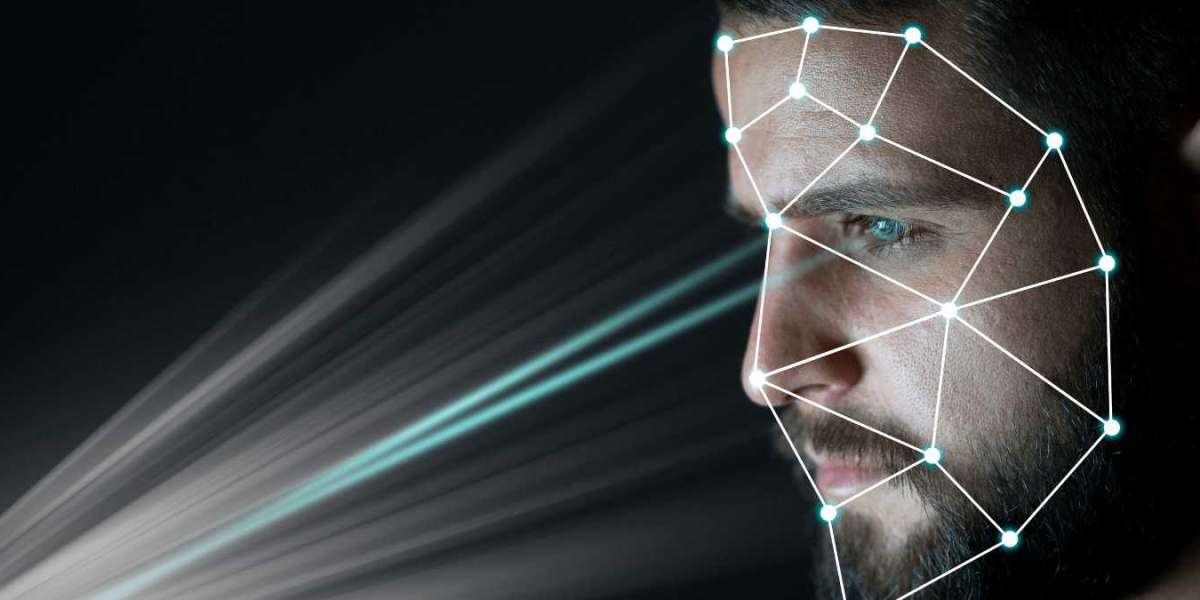Understanding Facial Recognition Systems
Facial recognition systems, also known as face recognition technology, are statistical pattern-recognition systems that analyze facial characteristics from images and videos for uses such as identification and surveillance. Modern facial recognition systems use a deep neural network model that can process images and identify faces in real-time with very high accuracy. The first step in a facial recognition system is face detection, where the system locates all faces that exist in an image or video frame. Once faces are detected, landmarks like eyes, nose, mouth etc. are identified and their positions are logged.
Next, these Facial Recognition features are encoded into a mathematical representation called a facial signature or faceprint. State-of-the-art systems use a 128-dimensional encoding that represents the most distinctive characteristics of a face. This encoding aims to capture different aspects of a face such as geometric structure, skin texture, wrinkles etc. to effectively represent each person's unique facial appearance. Finally, when attempting to recognize a face, the system derives the facial signature of the input face and compares it to facial signatures stored in a database to find a matching identity. The more similar the input and stored signatures, the higher the likelihood of a match.
Explore additional details from the source:
How Facial Recognition is Transforming the Way We Interact in Public Spaces














